When you think of Bob Marley, his music might come to mind first, but his fashion choices are equally significant. His signature dreadlocks and vibrant outfits, often reflecting Rastafarian colors, weren't just about style; they conveyed deep messages of identity and resistance. You might wonder how his laid-back approach to clothing has influenced today's streetwear trends and continues to resonate with modern culture. As you consider Marley's impact, it raises the question—what elements of his style have endured, and how do they shape our understanding of fashion today?
Bob Marley's Signature Style
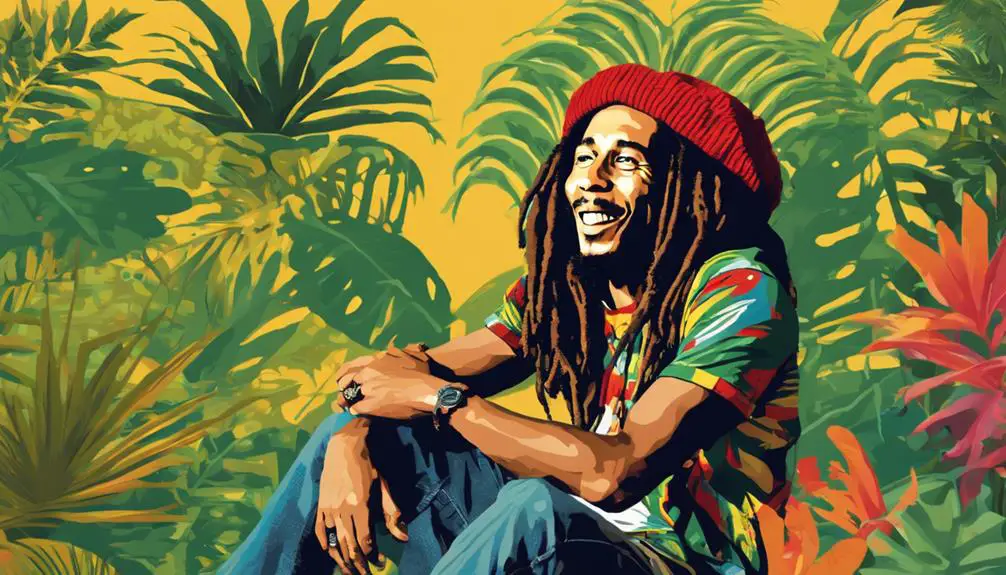
When you think of Bob Marley, his signature style immediately comes to mind, marked by his trademark dreadlocks and a vibrant wardrobe that reflects his Jamaican roots. Bob Marley's image is inseparable from his fashion sense, which embodies the essence of Rastafarian culture. His timeless style combines laid-back island vibes with bold elements that resonate with authenticity.
Often, you'll notice Marley's iconic looks featuring Rastafarian colors—red, green, and gold—that symbolize love, unity, and spirituality. These colors not only enhance his fashion statements but also serve as a visual connection to his cultural identity. One standout choice in his wardrobe was the double denim look; it showcased his resilience while setting a trend for blending casual with rugged elements.
His casual outfits, from 70s shorts to relaxed T-shirts, established a stylish persona that felt effortless yet impactful. Marley's fashion moments contribute considerably to his legacy as a fashion icon, proving that style can be both comfortable and expressive. So, as you explore Bob Marley's vibrant wardrobe, remember how each piece tells a story of his life, culture, and the message of love he spread through every beat and stitch.
Rasta Colors and Their Meaning
Bob Marley's vibrant wardrobe is a demonstration to the powerful meanings behind the Rasta colors—red, green, and gold. These hues carry deep significance in Rastafarian culture. Red symbolizes the bloodshed for liberation, reflecting the struggles against oppression. Green represents the beauty and wealth of Africa, evoking a sense of pride in heritage. Gold embodies the spiritual connection to the divine, highlighting a transcendent identity.
When you think of Bob Marley, you can't overlook how he frequently incorporated these Rasta colors into his fashion choices. His outfits didn't just make a visual statement; they profoundly represented cultural identity and unity. By wearing these colors, Marley promoted messages of love, resistance, and solidarity, resonating with his broader musical themes.
His vibrant ensembles became synonymous with his music, enriching his performances and enchanting audiences worldwide. Marley's integration of red, green, and gold into his style not only reflected his personal identity but also played a vital role in popularizing Rastafarian culture on a global scale. You can see how his fashion choices influenced fans, inspiring them to embrace their own cultural pride while advocating for unity and identity.
Influence on Streetwear Trends
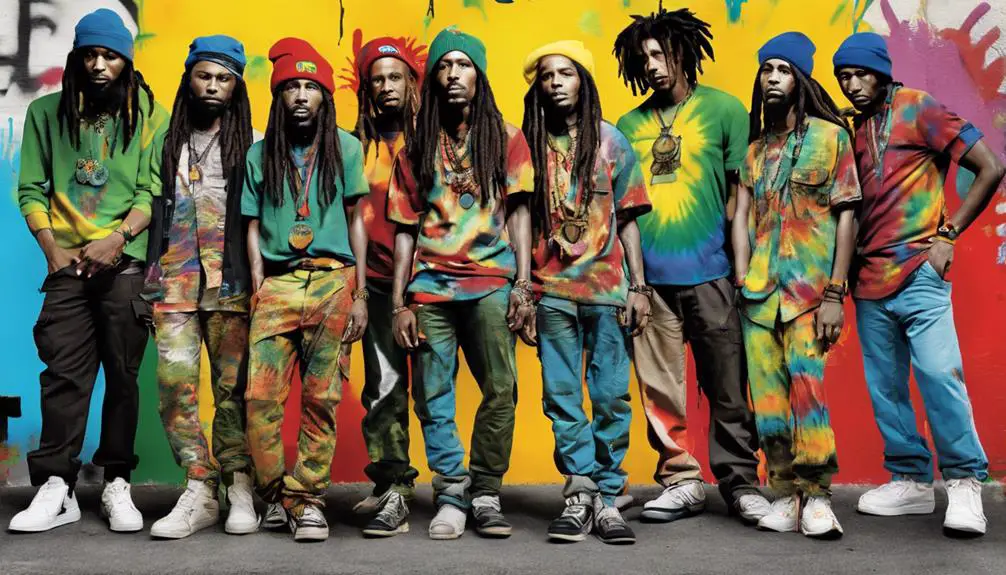
Marley's laid-back, bohemian style has left an indelible mark on streetwear trends, emphasizing comfort and individuality. His influence resonates through urban fashion, where you'll find elements of his signature looks woven into contemporary designs. Think double denim paired with vibrant graphic tees showcasing Rasta colors; these have become staples in streetwear wardrobes.
| Signature Looks | Rasta Influence | Cultural Representation |
|---|---|---|
| Double Denim | Rasta Caps | Afro-Caribbean Aesthetics |
| Graphic Tees | Dreadlocks | Rugged and Colorful Attire |
| Vibrant Patterns | Bob Marley Imagery | Youth Identity |
| Relaxed Fits | Cultural Symbols | Music and Fashion Fusion |
| Comfort-First Style | Heritage Acknowledgment | Global Streetwear Movement |
Marley's ability to blend ruggedness with colorful flair has inspired designers to incorporate these aspects into their collections. His iconic dreadlocks and Rasta caps have sparked a broader appreciation for Afro-Caribbean aesthetics in urban culture. As streetwear evolves, Bob Marley's enduring popularity continues to inspire movements worldwide, fostering connections between music, fashion, and identity among youth.
Iconic Merchandise and Memorabilia
When you think of Bob Marley, his music instantly comes to mind, but his iconic merchandise is just as essential to his legacy. From t-shirts splashed with his image to stylish hats that celebrate Rasta colors, these items allow you to connect with his cultural impact in a fashionable way. Collaborations with major brands, like the special edition collection launched on Marley's 76th birthday, show how his influence continues to thrive in today's fashion landscape, keeping his spirit alive for fans everywhere.
Popular Merchandise Items
The vibrant legacy of Bob Marley has sparked a thriving market for iconic merchandise and memorabilia that celebrates his influential music and cultural impact. From stylish t-shirts and trendy hats to striking posters featuring his likeness and memorable quotes, the merchandise captures Marley's essence and Rastafarian colors, allowing fans to express their admiration through their fashion choices.
Marley's influence extends beyond music; it's woven into the fabric of popular culture. You'll find special edition apparel and limited edition pieces that pay homage to his life, like the stunning collaborations with brands such as adidas and Wales Bonner. These unique items not only celebrate Marley's rich heritage but also highlight his lasting impact on contemporary fashion.
As collectors seek out memorabilia, they often look for pieces that symbolize Marley's cultural legacy, adding a personal touch to their collections. Whether it's a classic tee or an exclusive capsule collection inspired by his lyrics, each item serves as a reminder of the reggae legend's enduring spirit. By wearing or showcasing these popular merchandise items, you become part of a vibrant community that honors Bob Marley's remarkable journey.
Collaborations With Brands
Collaborations with brands have become a dynamic way to celebrate Bob Marley's legacy, merging his iconic image with contemporary fashion. You'll find that major brands have embraced Marley's influence, launching special edition apparel that resonates with fans. For instance, Daily Paper released a capsule collection inspired by his lyrics just in time for his 76th birthday, showcasing how his messages still inspire creativity.
Rastafarian colors—red, green, and gold—often adorn these pieces, symbolizing love, unity, and spirituality, which are central to Marley's cultural representation. The Wales Bonner x adidas collaboration is another standout, blending Marley's signature style with 1970s Dancehall culture; elevated details like embroidery and crochet pay homage to his legacy while adding a modern twist.
As a fashion icon, Bob Marley's image has led to a plethora of merchandise, including t-shirts, hats, and posters, allowing fans to connect with his enduring impact. These collaborations not only celebrate Marley's iconic style but also keep his spirit alive, ensuring that his messages of love and unity continue to resonate through today's fashion landscape.
Celebrity Endorsements and Influence
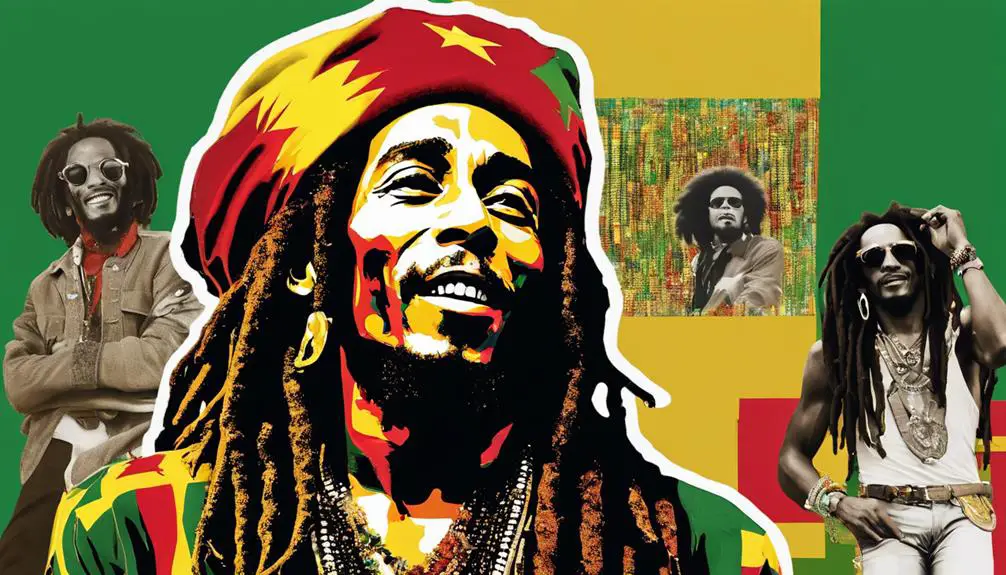
Drawing inspiration from Bob Marley's iconic style, many celebrities have embraced his fashion legacy, showcasing it on red carpets and at high-profile events. This homage to Marley's image not only highlights his sense of style but also celebrates the cultural significance he holds, especially for the children of the Windrush. As you look around, it's clear that Rasta colors and motifs have found their way into modern fashion, making a bold statement about unity and identity.
| Celebrity | Outfit Inspiration | Event Type |
|---|---|---|
| Rihanna | Dreadlocks & Rasta colors | Grammy Awards |
| Jaden Smith | Double denim & prints | Met Gala |
| Zendaya | Marley-esque patterns | Fashion Week |
| Kendrick Lamar | Casual Rasta flair | BET Awards |
| Billie Eilish | Colorful, bold styles | American Music Awards |
These red carpet appearances often spark conversations about the intersection of music, fashion, and social movements, showcasing how Bob Marley's influence continues to resonate. His iconic elements, such as dreadlocks and double denim, prove that his fashion impact transcends generations, making him a timeless figure in the world of style.
Evolution of Fashion Choices
Bob Marley's fashion choices reflect a dynamic journey that mirrors his growth as both an artist and a cultural icon. In his early days, you'd spot him in sharp blazers and crisp white shirts, projecting an undeniable star quality. However, as he embraced his Trench Town roots, his style evolved into something more laid-back, incorporating working-class elements like overalls and leather jackets. The vibrant Rastafarian colors of red, green, and gold became his signature, symbolizing his rich cultural identity.
Marley boldly donned denim-on-denim ensembles, challenging conventional fashion norms of the 1970s with a unique blend of ruggedness and flair. His casual outfits, including 70s shorts and T-shirts, showed a relaxed yet impactful fashion persona that resonated with many. Throughout his career, the evolution of his fashion choices seamlessly blended formal and casual elements, like bomber jackets paired with dress boots, which contributed to his lasting legacy as a fashion icon.
Ultimately, Bob Marley's fashion journey not only reflects his personal growth but also showcases a style that continues to inspire generations, proving that true fashion is about authenticity and cultural expression.
Lasting Legacy and Impact

Celebrating Bob Marley's lasting legacy reveals how his fashion choices transcended music, inspiring countless individuals and movements. His authentic style, characterized by dreadlocks, double denim, and athleisure, has become a hallmark of 20th-century fashion. You've likely noticed how Marley's iconic looks have seamlessly woven themselves into contemporary streetwear and urban aesthetics, influencing generations along the way.
Marley's use of Rastafarian colors—red, green, and gold—has established a powerful visual language that resonates in fashion and cultural movements worldwide. This vibrant palette not only represents his roots but also connects with a broader audience seeking cultural identity and expression. However, the commodification of Marley's image brings up important discussions about authenticity in fashion, challenging us to honor his legacy while maneuvering through commercial exploitation.
You can see Marley's influence in the works of contemporary designers like Wales Bonner and Daily Paper, who draw inspiration from his style to celebrate social narratives. As you explore modern fashion, keep an eye out for the threads of Bob Marley's legacy—his impact remains a vibrant part of our cultural fabric, reminding us that style can be both a personal expression and a powerful statement.
Frequently Asked Questions
What Was Bob Marley Most Known For?
You know Bob Marley's most known for his musical legacy, cultural influence, and role in the reggae revolution. His lyrical genius and social activism brought global recognition, embodying Rastafarian beliefs and inspiring humanitarian efforts worldwide.
What Kind of Shoes Did Bob Marley Wear?
You'll find that Bob Marley's shoes embraced Rasta footwear and vintage sneakers, featuring iconic sandals and performance gear. His choices reflected reggae fashion and cultural symbols, leaving a lasting streetwear influence that resonates today.
What Was Bob Marley's Greatest Impact on the World?
You'll find Bob Marley's greatest impact lies in his cultural influence, blending musical legacy and social activism. His Rastafarian beliefs spread peace messages, unity themes, and legendary performances, creating a global reach that inspires generations.
Why Did Bob Marley Wear Adidas?
You'll find Bob Marley wore Adidas to blend his personal style with reggae culture, making a fashion statement that reflected his music legacy. This brand collaboration showcased iconic imagery and the rising influence of athletic wear.

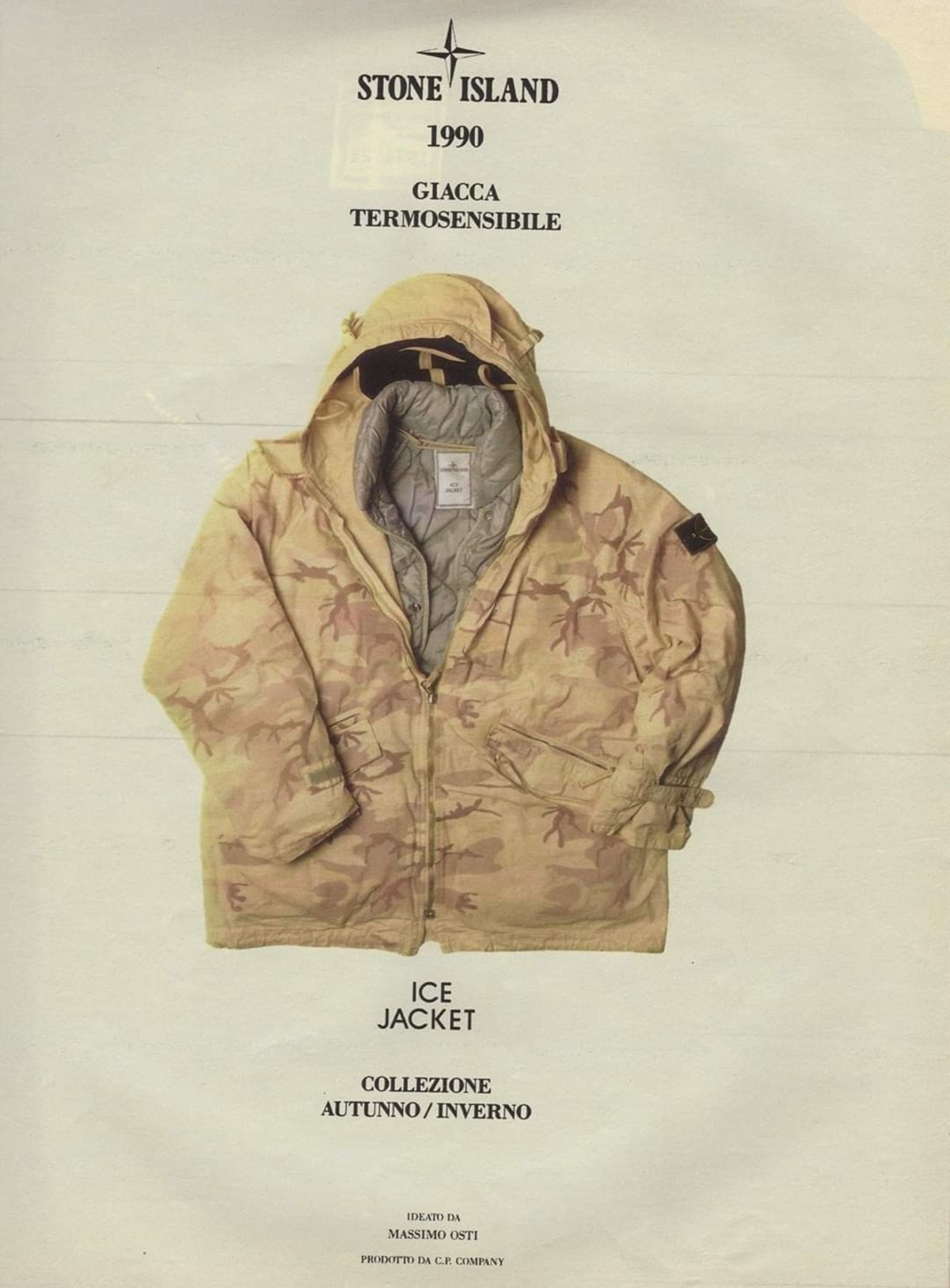

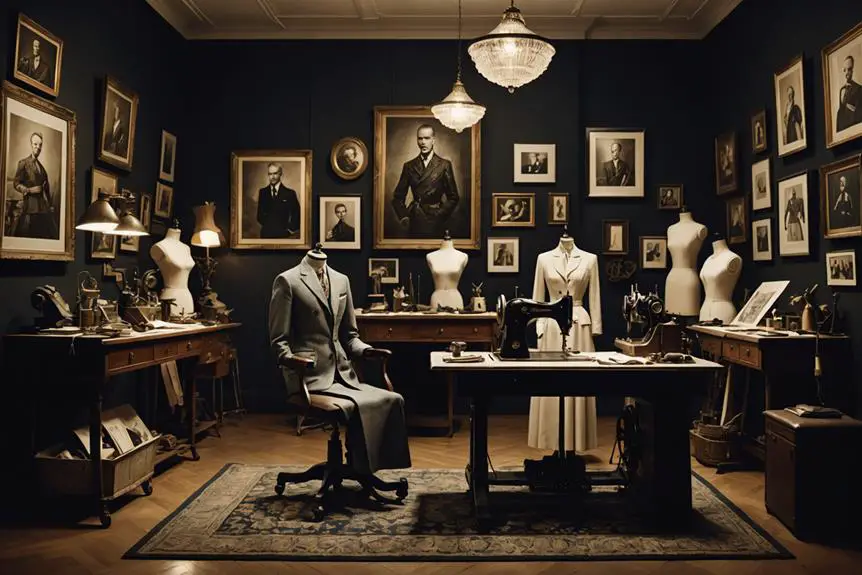
You actually mentioned this terrifically!
website
Wonderful postings, Appreciate it.
casino en ligne
Awesome postings Many thanks!
casino en ligne
Amazing quite a lot of excellent facts.
casino en ligne
Fantastic info, Cheers.
casino en ligne
With thanks, Loads of info.
casino en ligne
Thanks a lot! I like it!
casino en ligne
You’ve made your point extremely effectively..
casino en ligne
Nicely put, Many thanks!
casino en ligne
Helpful stuff Regards!
casino en ligne